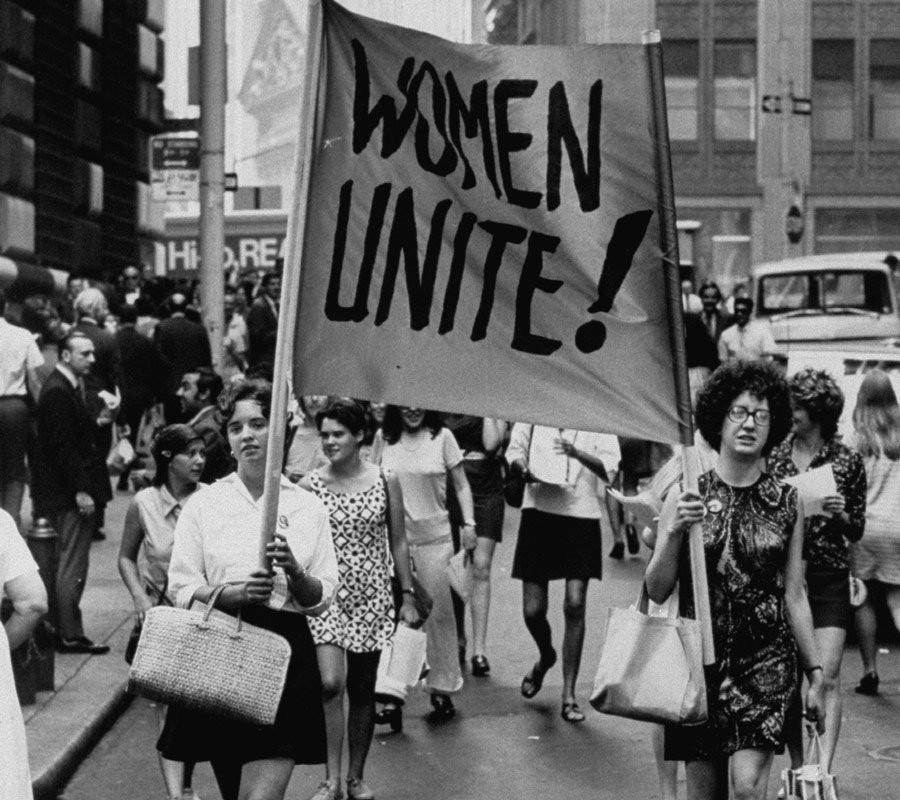March: Women’s History Month
It is well known that the month of March holds St. Patrick’s day, the first day of Spring, and (sometimes) Easter. However, it is not common knowledge that March is also National Women’s History Month. Here is some insight on the little-known national celebration:
National Women’s Month was officially considered a commemorative month in 1987, when an organization located in a small Californian town, Sonoma, demanded equality between both of the sexes. The organization held an all week event in March, beginning in 1978, celebrating the importance of gender equality. The following year, a fifteen-day conference was held at Sarah Lawrence College in July, teaching participants how to raise awareness for women’s rights.
The conference sparked a movement in Americans. In 1980, President Jimmy Carter recognized women’s rights through a speech and officially declared the week surrounding March 8 to be National Women’s History Week. In the speech, he mentioned powerful female leaders such as Susan B. Anthony, Sojourner Truth, Harriet Tubman, and Elizabeth Cady Stanton. In return, schools and other institutions immensely celebrated Women’s History Week. The movement grew to such a state that women’s rights were being taught in schools, and communities held programs revolving around the subject. Then, in 1987, the National Women’s History Project requested that Women’s History Month should take effect, replacing National Women’s History Week. The petition was signed by the government, making March the national month of Women’s History.
Since 1987, women have been more celebrated than ever all around the world. Whether it is serving in the military, working to help the community, or being a mom, women play an important role in society and should always be treated equally to men.







